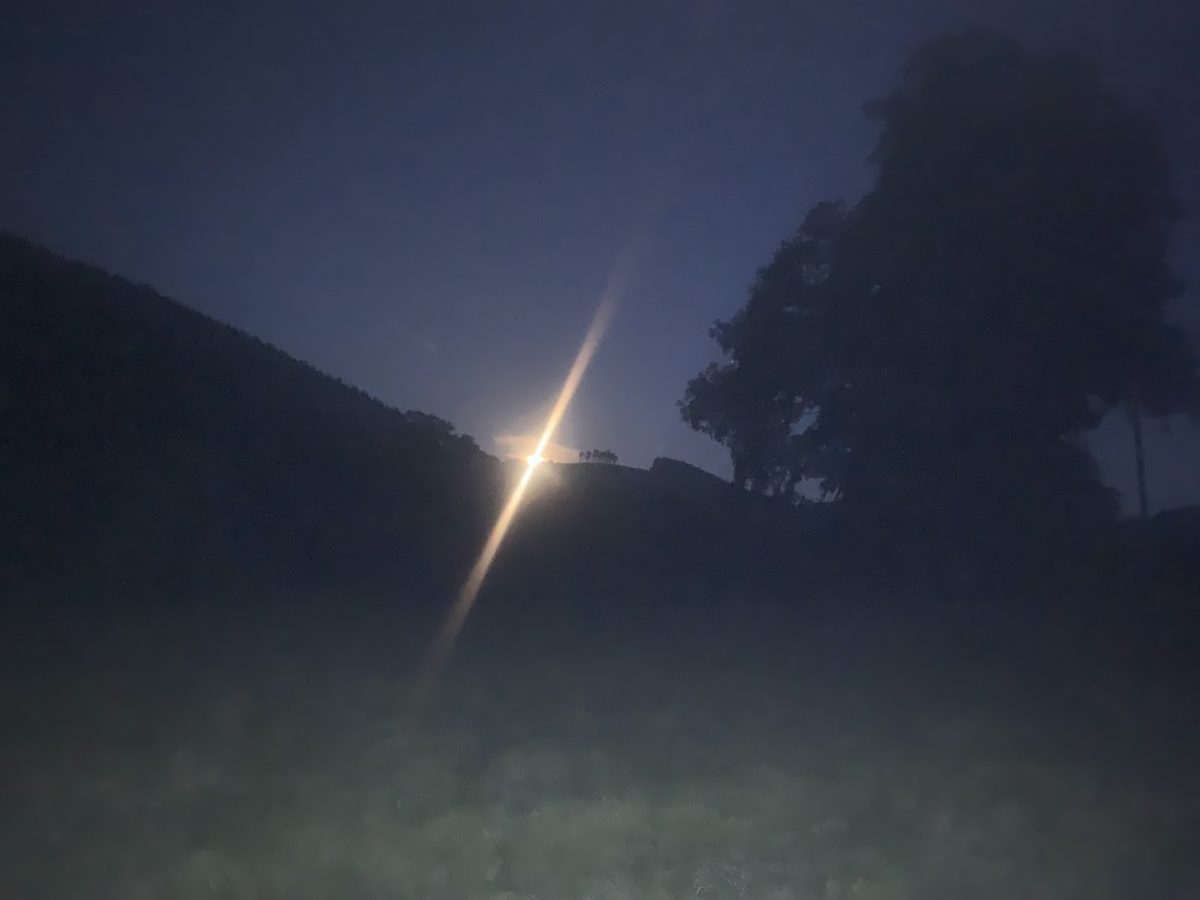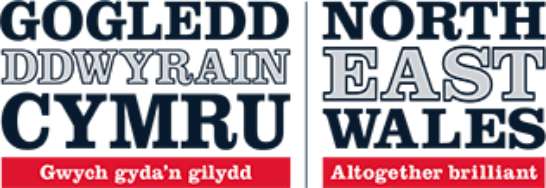Summer Solstice Curlew Walk in Llandegla
On the eve of the Summer Solstice, I attended a talk by Sam Kenyon, the Curlew and People Officer * for our area. Hosted by the Community Café in Llandegla, where we were welcomed with a choice of hot drinks and delicious cakes.

Sam’s role is part of a 3 year project to work closely with landowners to improve the population of the diminishing curlew. Sam explained that curlew numbers have been severely depleted because of intensive cutting of hay meadows for silage and also due to forestry and predation. The purpose of the project partly is to identify nesting sites and then to monitor and protect them with electric fencing so that the adults can incubate the eggs and rear the tiny chicks until they are ready to fly the nest. Because the nests are on the ground, they are in particular danger to predators such as badgers and foxes.
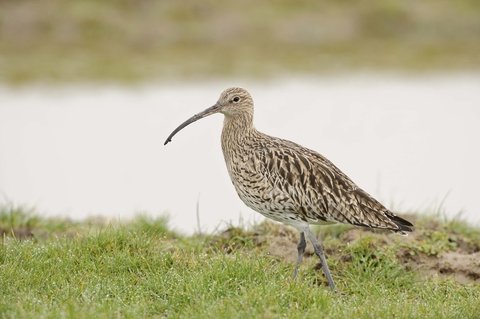
Volunteers and farmers have been very involved in finding the sites within the 12 specific ‘Important Curlew Areas’. Part of Sam’s remit is to encourage farmers to adapt their farming practices to allow the nests to flourish. As a farmer herself, Sam understands the challenges of balancing conservation and profit. Some farmers have been exceptionally supportive and have loved having curlews on their fields.

It seems that curlews do hold a special place in hearts of Welsh people. This could explain why there are over 25 different names for the birds in Welsh, one that translates as Aderyn Glaw –‘Rain bird ‘because its behaviour changes when it is about to rain. The other Welsh names for curlew are versions of gylfinir: gylfiniog, glafinir, glofeinir and it’s possible that two of the others are derived from the English ‘curlew’: giarliw and cwrlig. One of my favourite terms is Pegi Pig Hir which translates as long billed Peggy.

Whatever they are called, the sad fact is that Curlews are becoming scarcer by the year. The rate of decline is so much so, there is a danger there won’t be enough of a breeding population left for them to successfully nest and rear chicks on the wetlands and moors of Wales after 2033. Highlighting the importance of Sam’s work to reverse this decline.
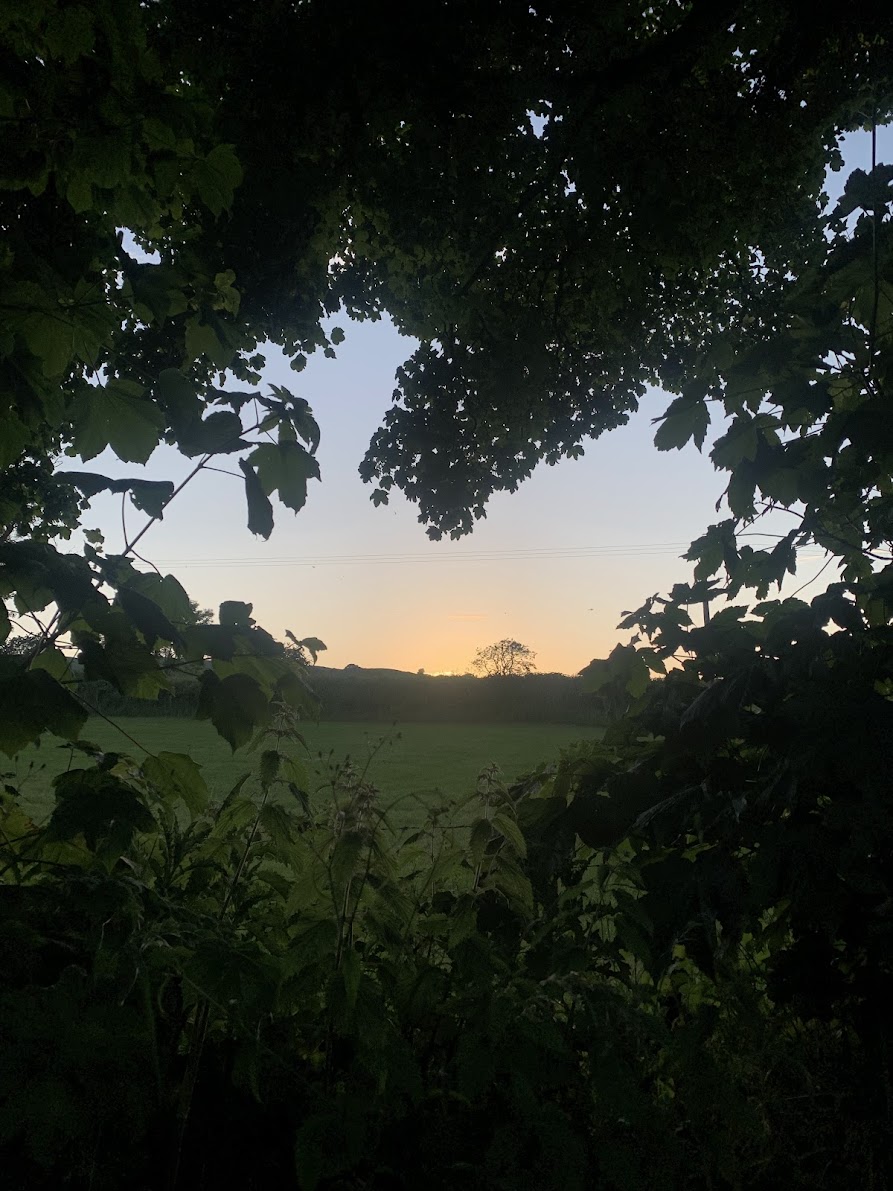

Following her talk, Sam led a walk through the Important Curlew Area surrounding the Cafe. It was a lovely warm evening and we walked through beautiful countryside as the sun gently set the sky began to glow. There was a stunning full moon to light our journey home.
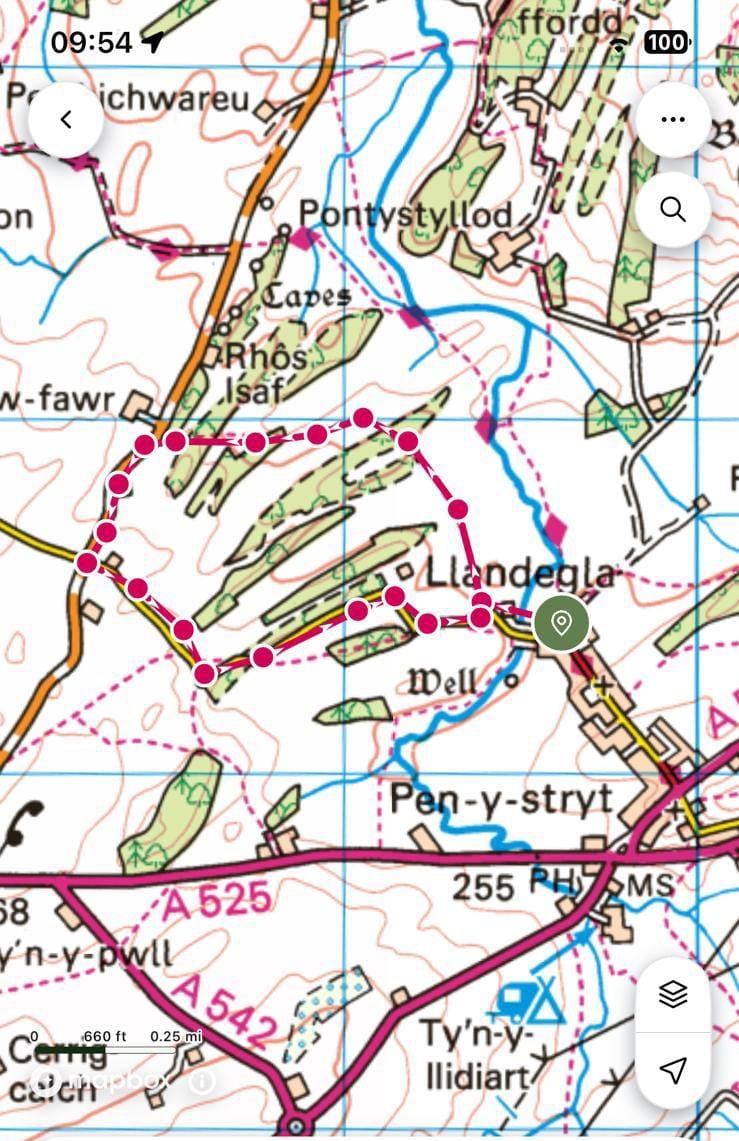
If you would like to find out more about the project or volunteer click here.
*Curlew Connections Wales is a conservation project supported by Welsh Government’s ‘Nature Networks Fund’, delivered by the Heritage Lottery Fund. One million pounds has been allocated to support breeding curlew in Wales, focusing on three ‘Important Curlew Areas’. As a collaborative, GWCT is leading in Montgomeryshire alongside partners in the Clwydian Range and Dee Valley AONB and Bannau Brychieniog National Park.
Curlew Connections Wales aims to tackle the key issues driving the low breeding success of curlew, monitoring and understanding curlew populations within these areas, implementing predator management and habitat works at the forefront. With breeding curlew predicted to be extinct in Wales by 2033, an important aspect of the project is to connect the landscape and people to these iconic birds. A team of dedicated Curlew and People Officers are working closely with farmers, landowners and land managers, alongside a workforce of volunteers to improve the fledging success of local populations of curlew throughout Wales.
